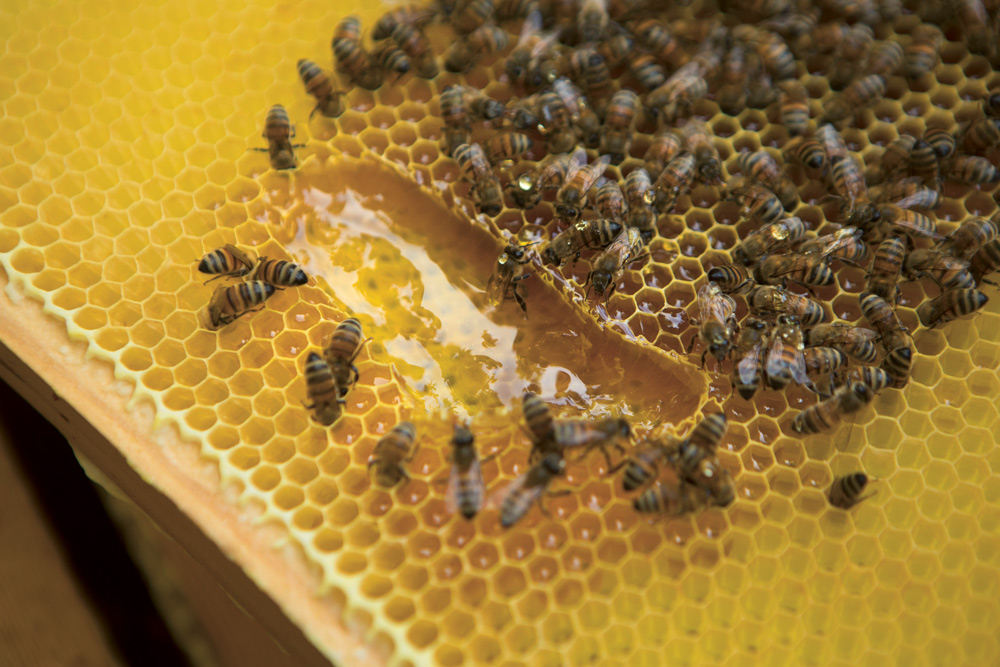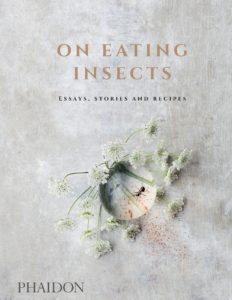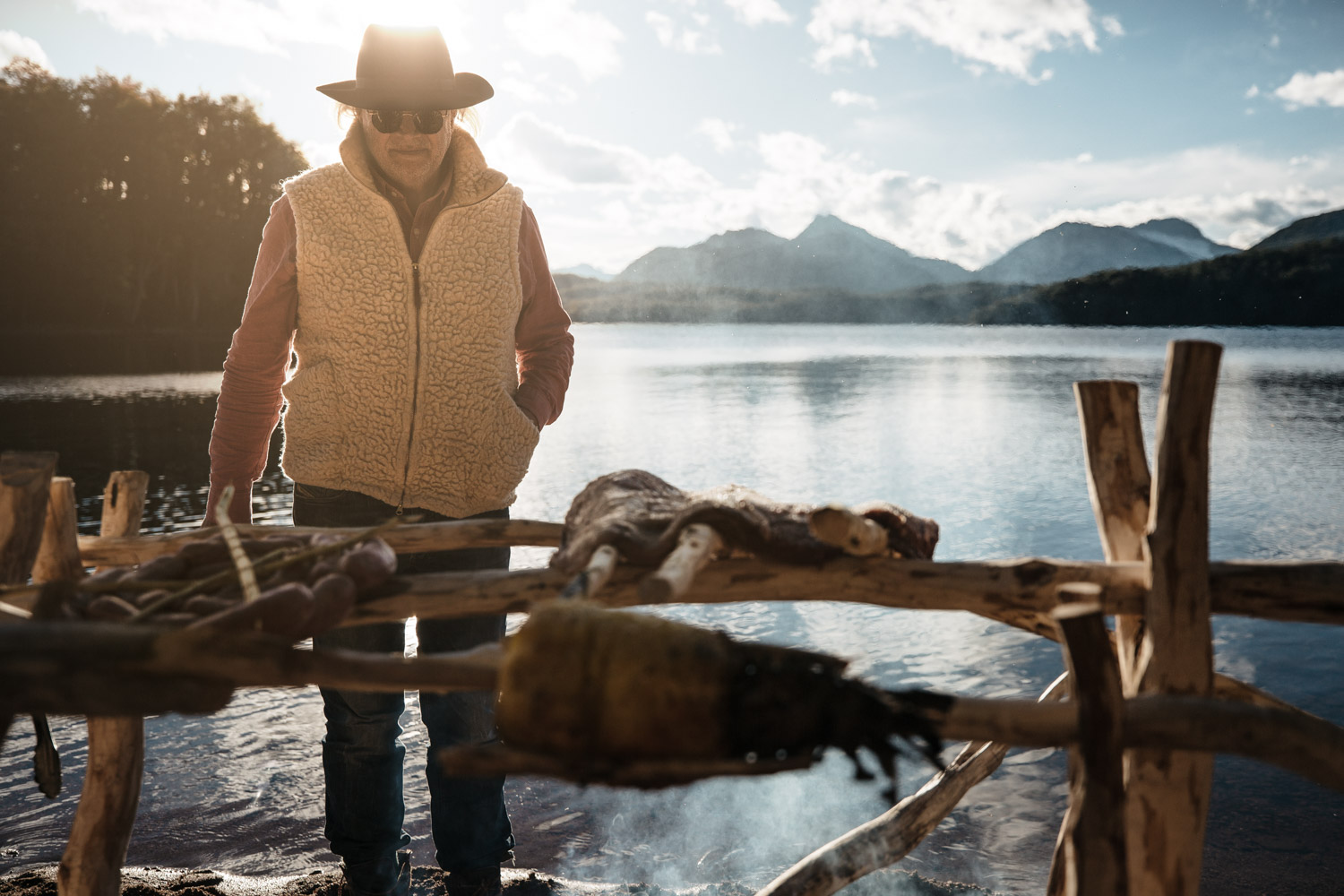Chatting to the chef patron of Bocca di Lupo as the iconic restaurant celebrates 15 years
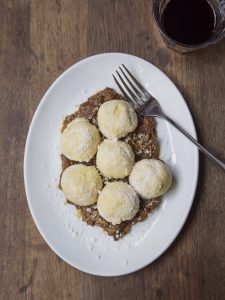
It was still warm when my boyfriend and I threaded our way across Soho to Bocca di Lupo. We’d come from drinks with friends, and it was one of those ideal London evenings – people flowing from the pubs onto the pavements, gesticulating with their drinks in their hands, smiling, laughing, their jackets slung over their arms, and behind them the sunset reflected golden in the window panes. What struck me on entering Bocca was how this warmth, this sense of easy conviviality, continued so effortlessly inside the restaurant. When we arrived both the counter and dining room were already filling up: friends and families already in rapt conversation, elbows propped on tables, shirt sleeves rolled up, napkins crumpled to the side. Everybody seemed at-ease, sharing each other’s food, topping up each other’s glasses.
We drank Select spritzes and a bottle of Pinot Grigio Ramato the colour of peach flesh. We ate fried courgette flowers with mozzarella and anchovy, spaghetti with mussels and chilli, borlotti beans with tomatoes, chicken-liver pappardelle, aubergine parmigiana, asparagus with chopped egg and parsley, and ravioli with sage and butter and shavings of truffle that fluttered like petals across my plate, marbled and beautiful. We finished all of it, and although we were full we shared a choux burger filled with pistachio and hazelnut gelato – my boyfriend has a photo of me, beaming, where I am holding my fork in the air, a hunk of choux speared on the tip. We were the last ones out of the restaurant, and as we walked to the Tube in the blue-black night we were happy and full.
A couple of weeks after the meal, I spoke to Jacob Kenedy, chef patron of Bocca di Lupo, Gelupo and Plaquemine Lock about how he creates the restaurant’s ambience, his culinary inspirations and his approach to both food and life.
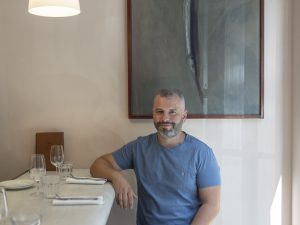
Bocca feels like a rejection of faddy, trend-driven restaurant culture. How do you manage to keep the restaurant and its menu classic yet fresh?
In designing Bocca I wanted it absolutely not to be faddy or trend-driven, but instead to feel timeless. This was deliberate, and when we rode the crest of – or maybe even made – waves in the culinary world, I was worried we might have failed in that endeavour. My favourite places to eat tend to be old restaurants, family run, where the chef is not named, and I wanted to make one of that ilk. We turn 15 this year, and the menu is a seasonally changing selection of regional Italian classics. The wine list is curated and constantly evolving. So, we offer traditional food in a format that feels familiar to customers who know us, but the ingredients, selection and presentation are always freshly reimagined – something old, something new, something borrowed (just not much blue).
The atmosphere at the restaurant feels so special. How do you create this? Is it something that can be created? Or does it have to happen naturally?
It’s something that I only rarely get to appreciate, but which is the ultimate reward for my work. I remember clearly the day, maybe a year after we had opened and the dust had just begun to settle, that I leaned on the edge of the bar and realised that that incredible hum – the purring music of a dining room of people utterly enjoying themselves, their company, and the experience – was something my Bocca had created. It must be the only true recompense for all the stresses of the minutiae of running a restaurant. And yes, it is absolutely something we create and that can be created: we do something intelligible, with understanding and love and intelligence and compassion and commitment. Our customers feel it, appreciate it and resonate. I don’t know which one of us is the strings and which is the soundboard, but together we make music.

You’ve spoken in the past about your early travels around Italy being a formative influence on Bocca – could you tell me a bit more about what it was that you took from those journeys? Was it practical skills or ethos (or both)?
From earliest childhood we went annually to Italy – normally either to Sperlonga (where we have a family home) or Tuscany (where my parents had honeymooned), though as I grew older we travelled also to Campania, Sicily, Venice and Liguria. It was post-university that I really started to comprehend the variety that Italy has to offer – I spent a year travelling, with six months in Rome (which I used as a base to explore the south and Sicily), then Emilia-Romagna, Veneto, Lombardy, Piedmont and Liguria. I learned few practical skills in this year – other than making gelato (at Gelatauro in Bologna), and market shopping – but I got a life lesson in local eating, and in acquiring the belief that anyone who thinks Italy has a cuisine is fundamentally mistaken. It has at least 20, if you look at a regional level, or more, as sometimes subregions have their distinct ways of cooking.
What are some of your earliest culinary memories? What inspired your love of food?
My earliest memories are all of food: Sitting on my grandpa’s lap when I was three – he was pretending to be a pirate (at that time, he wore an eyepatch from the cancer that soon after killed him), and feeding me artichoke leaves one by one from his plate, before giving me the entire heart, in pieces, dipped in butter. Raiding the (entire) cellar of its liquor bottles, to make a magic potion inspired by Asterix. Eating gelato in London (Marine Ices: mango & melon), and in Italy (chocolate, hazelnut, pistachio). Making donuts as a young child, and pancakes on the Aga – we used to cook them right on the cooler hotplate. And pasta – above all, with tomato sauce or spaghetti with meatballs or pesto or clams or spinach and ricotta malfatti. And therein lies my love of food – it was, and remains, at the very heart of my family.
If you had to choose one signature dish from Bocca, what would it be?
Golly. Fried sage leaves filled with anchovy? Or round lettuce with my mum’s lemon dressing? Or red prawn risotto? Or orecchiette with ‘nduja? Or fossil fish? Or tripe alla romana? Or cassata siciliana? The menu, I suppose, is itself my signature.
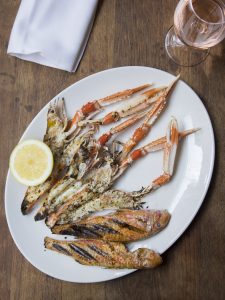
You cut your teeth at Moro and Boulevard – what grounding did these experiences give you?
I waltzed into Moro on the very first day of my pre-university gap year (I was supposed to be there a week), as an impish kid who thought he knew how to cook. Within an hour in the kitchen, I realised I had so much to learn. Even the basics: how to season, how to dress a salad properly. The opportunity to grow was indescribably exciting – I fell in love with the kitchen there, and the kitchen seemed to like me. I stayed at Moro for six months, and then returned on-and-off over a decade. It taught me how to cook.
After Moro, I transferred to Boulevard in San Francisco. It’s that rare kind of restaurant that cooks to an exceedingly high and sophisticated level, whilst maintaining a high volume and every dish tasting, and feeling, as though it was made by a person who understands and cares. At Boulevard I earned the nickname Storm (which I thought was cool, until I discovered it was because I was so messy it was as though a storm blew through the kitchen), studied each section and learned be a chef. I returned there too, on and off, for a decade.
Returning to Bocca – what do the next fifteen years hold for the restaurant and for you?
For Bocca, I hope another 15 years of the same – delighting in, exploring, uncovering and recreating regional delicacies of Italy. And then another 15, and then another: I hope the restaurant will still exist in an identifiable form even after I am gone. And for me – well, I am a father first and foremost, and I hope, whatever I do, that I do my son the service he deserves and then some.
What would your last supper be?
It would be a meal with my closest family – my husband and our son (and my mum, though as I hope my son outlives me, I hope she doesn’t have to sit through my last supper). To be honest, in that company, we could eat anything.
Bocca di Lupo celebrates their 15th birthday this November.





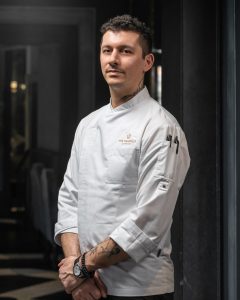
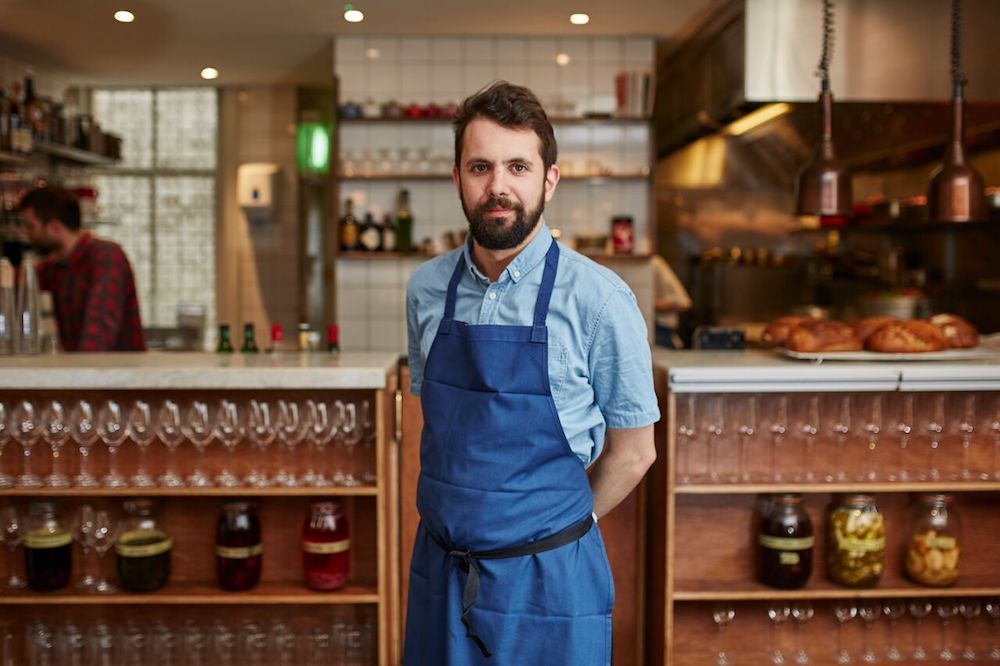

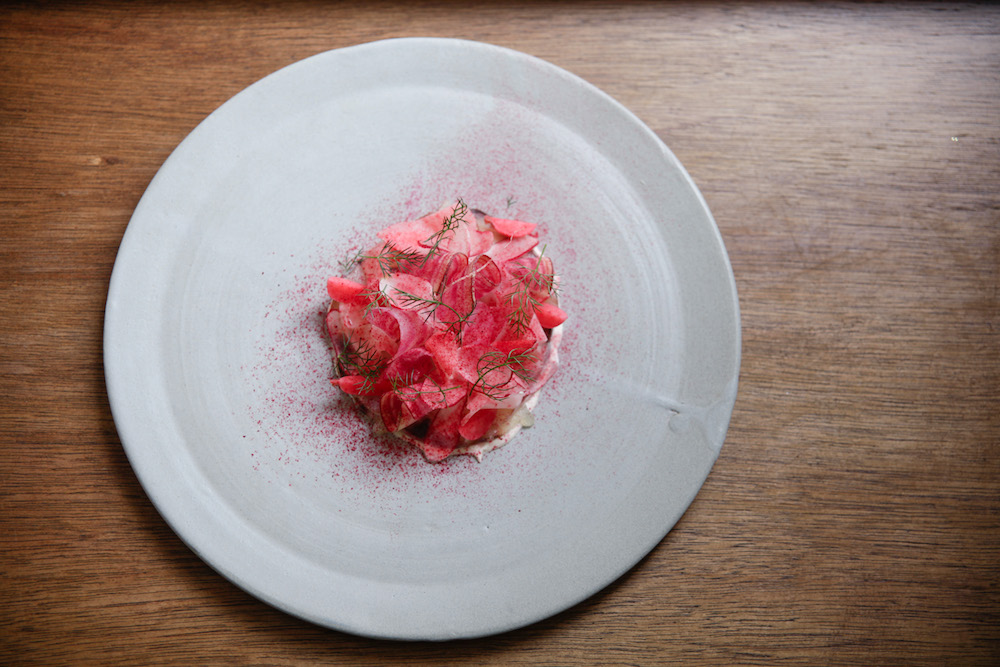
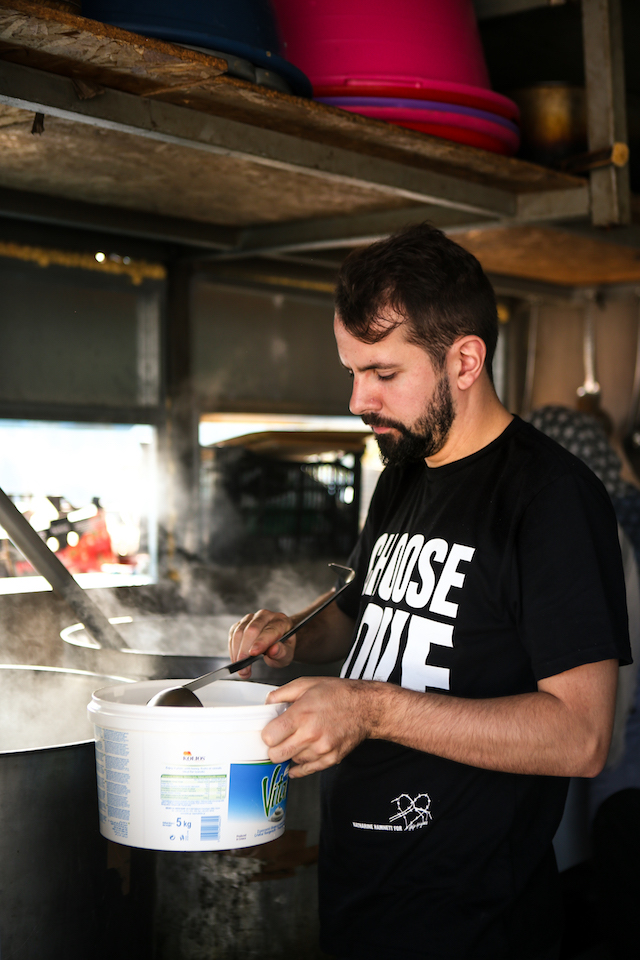
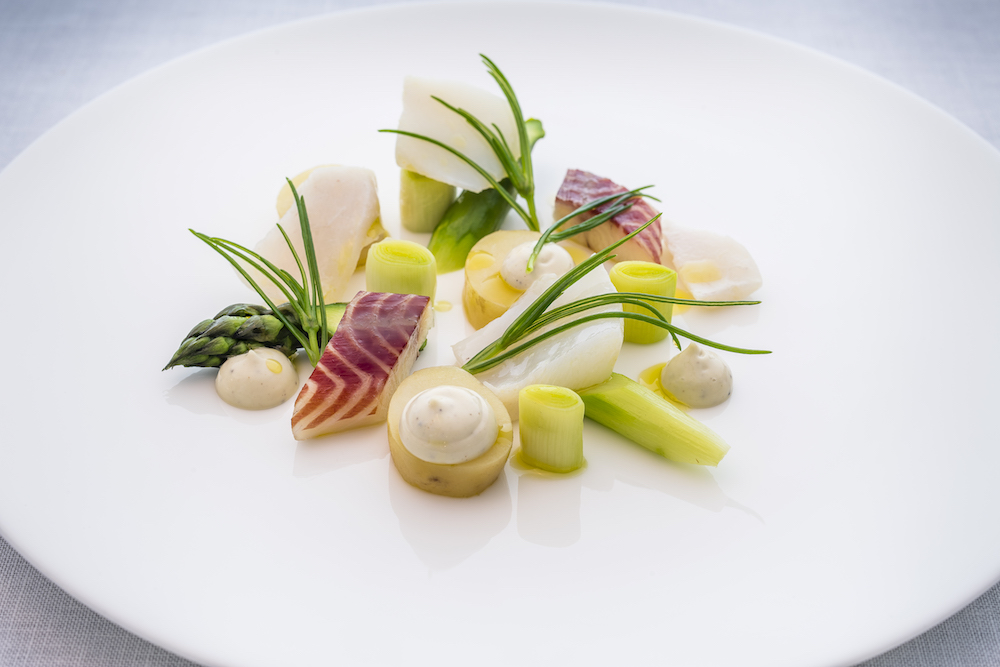
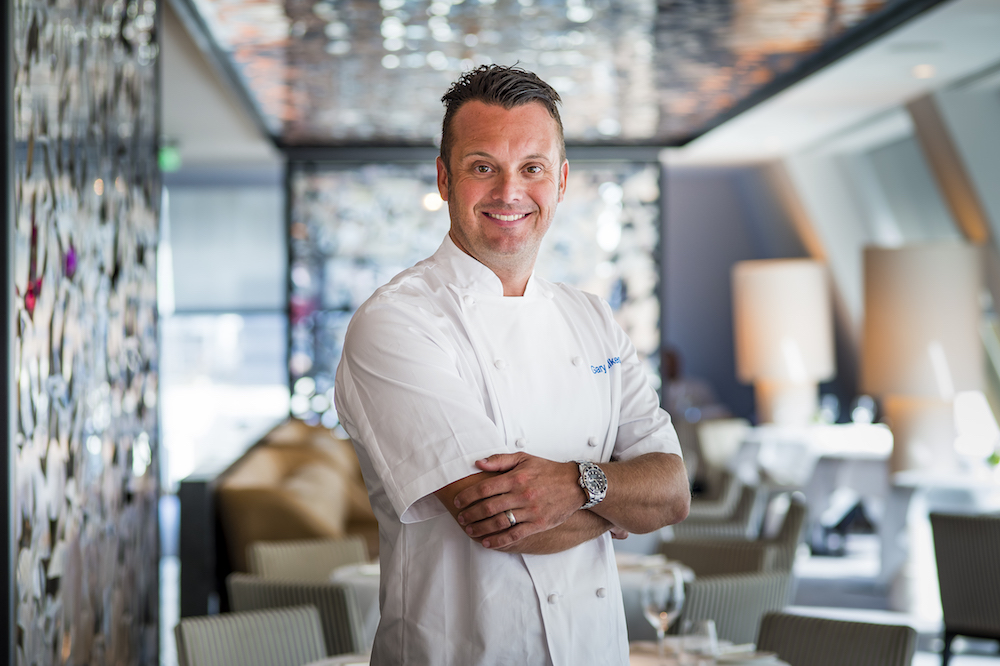
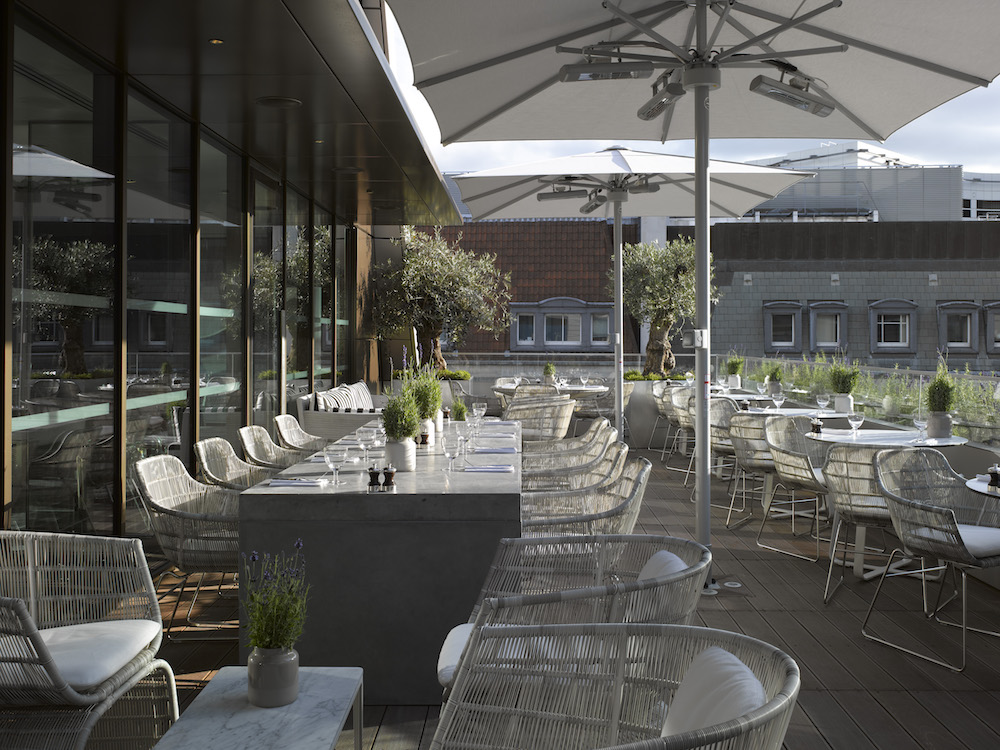
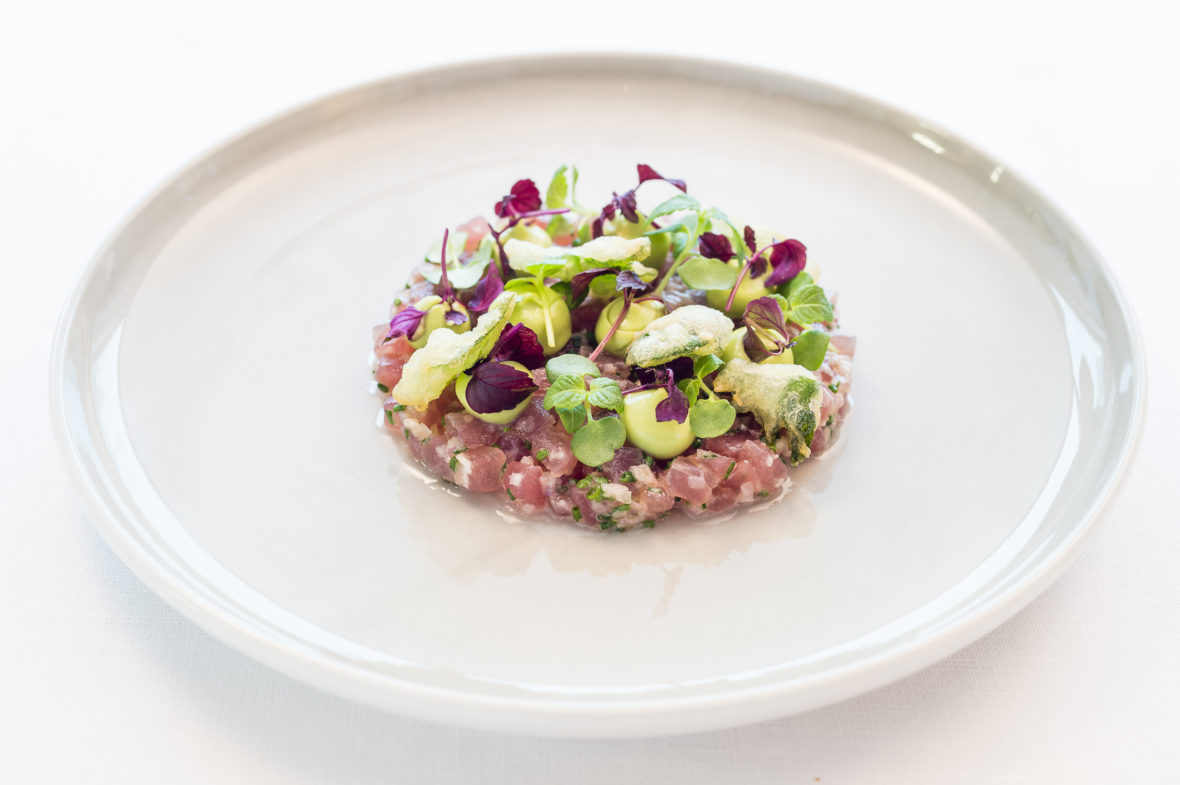


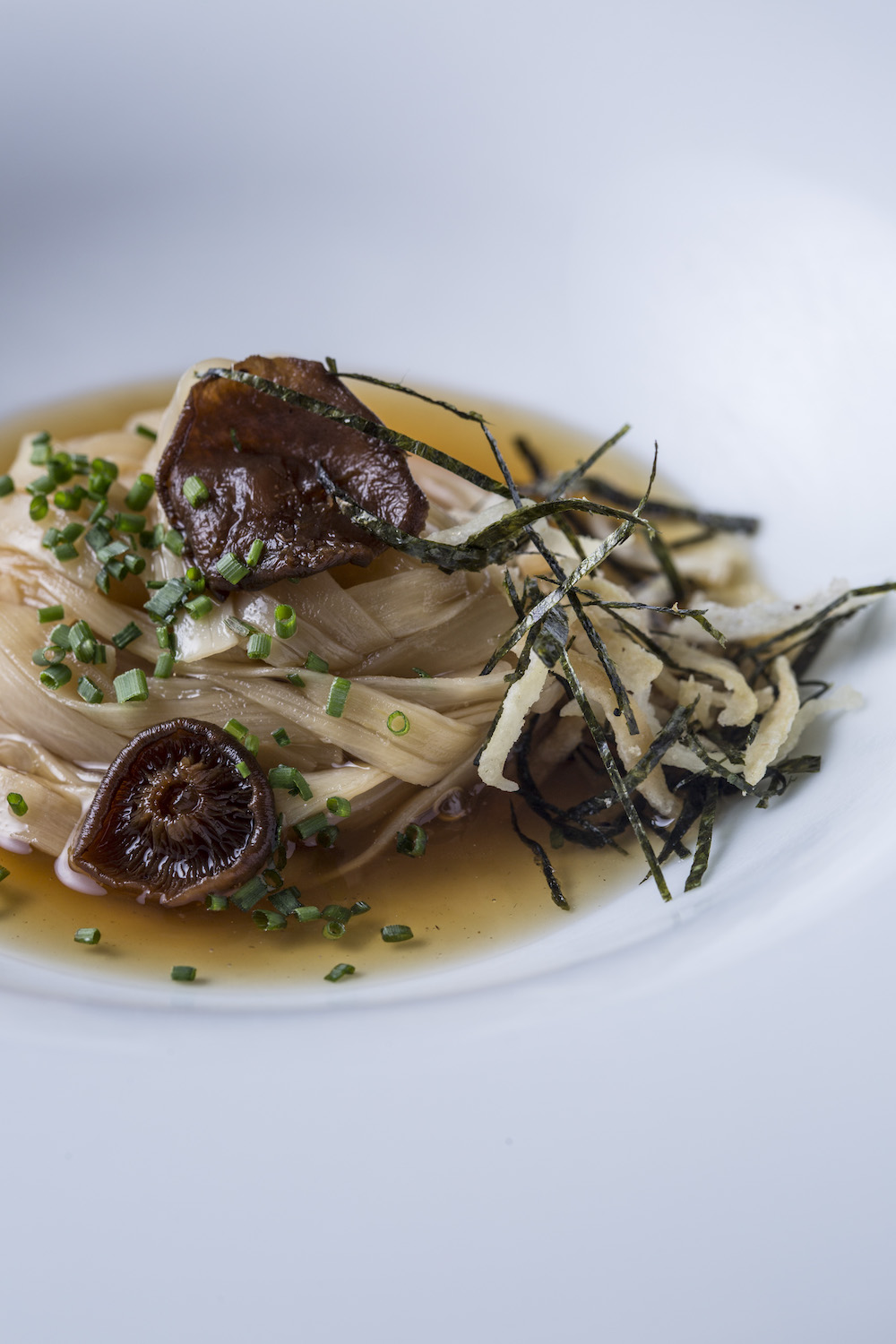

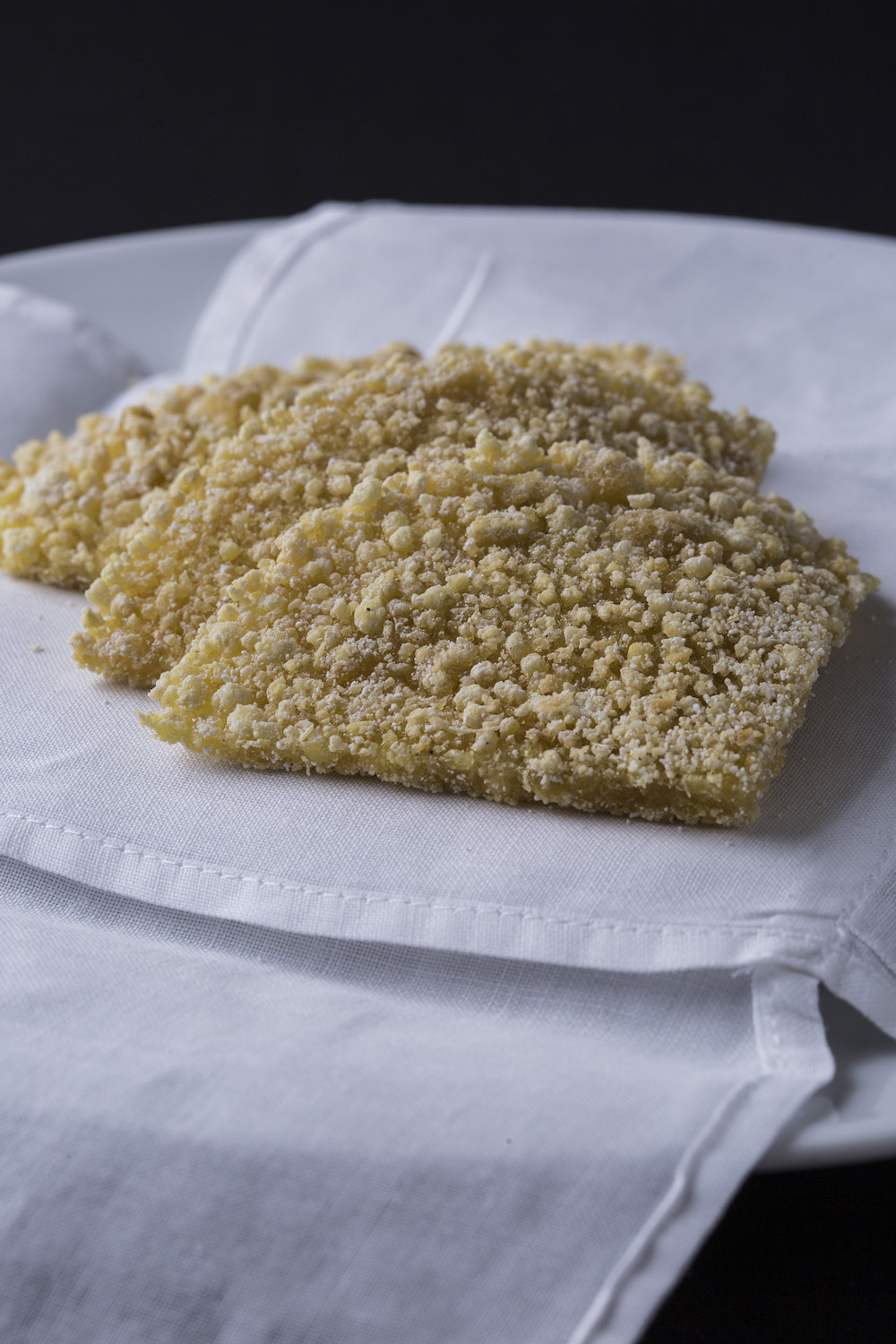
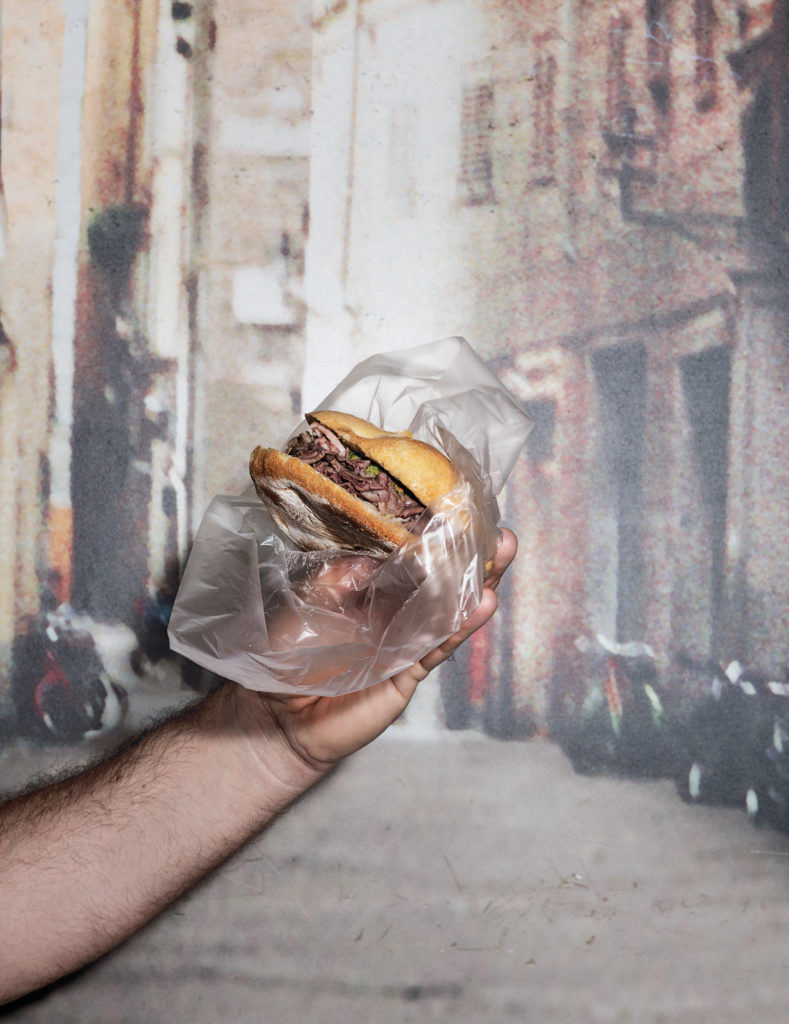
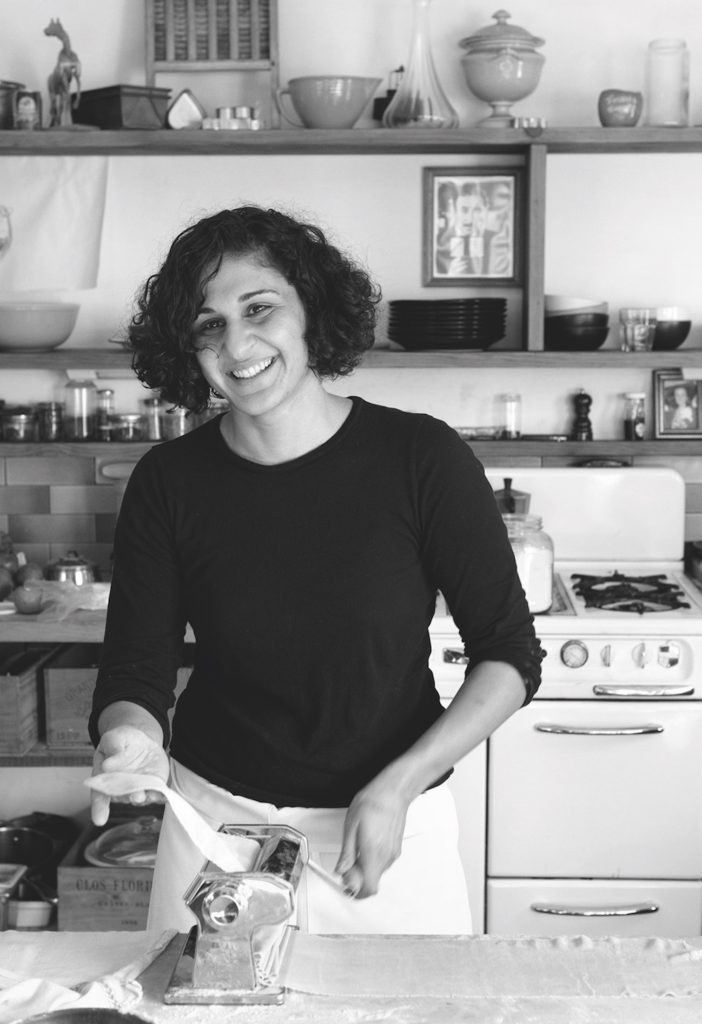
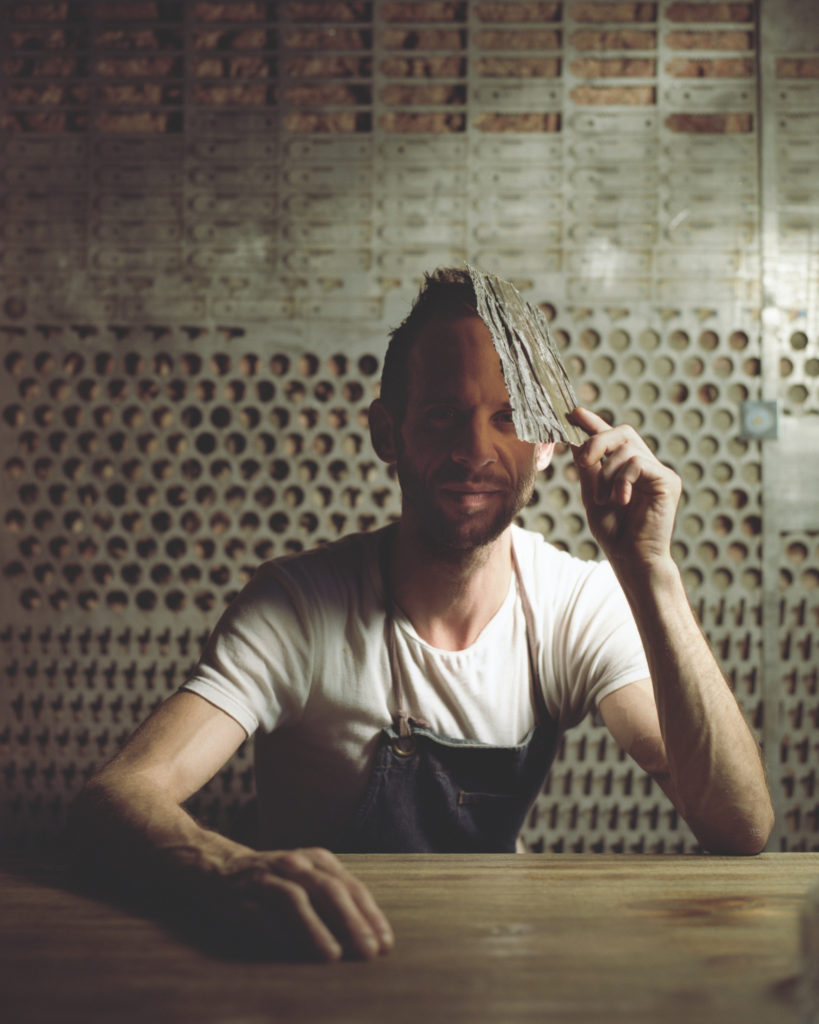
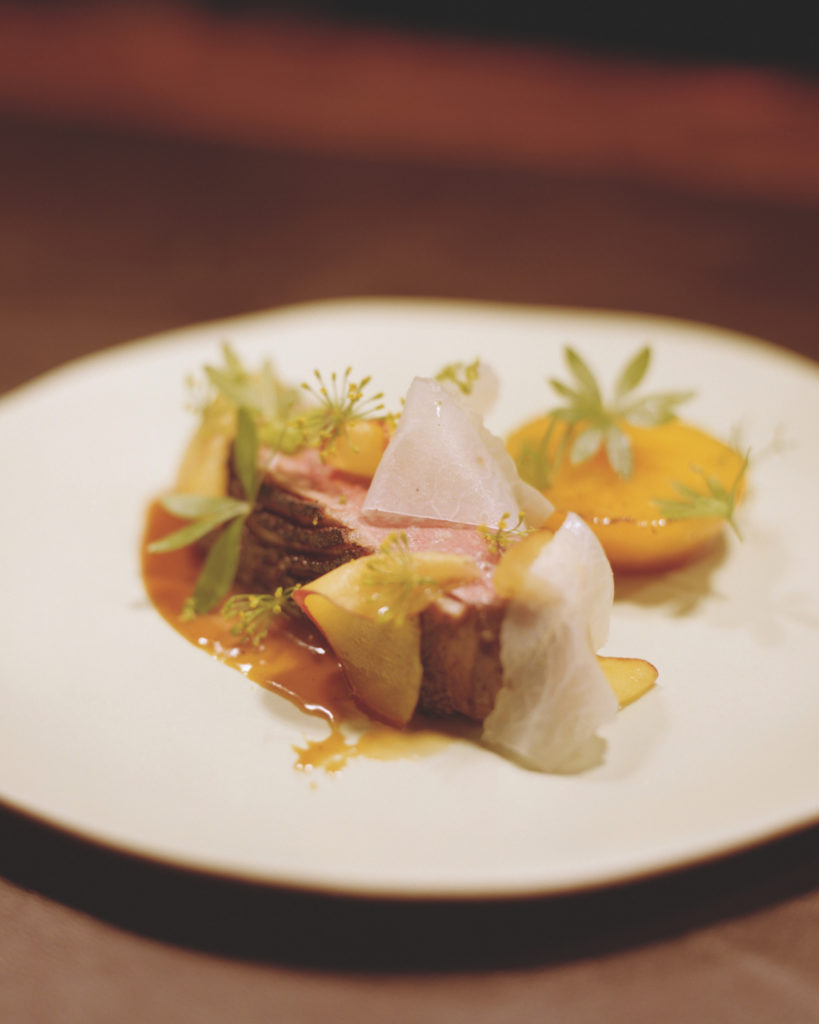



 Slowly but surely, the idea of eating insects is being introduced to European countries thanks to insect-based food projects and recipe books hoping to put an end to the ‘creepy-crawly’ taboo
Slowly but surely, the idea of eating insects is being introduced to European countries thanks to insect-based food projects and recipe books hoping to put an end to the ‘creepy-crawly’ taboo 